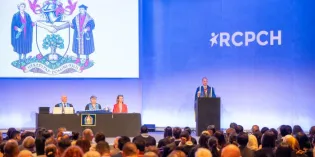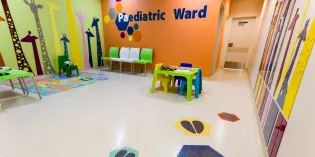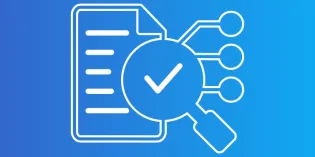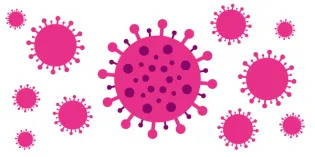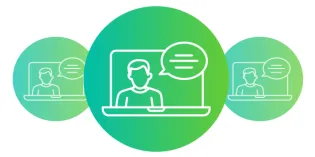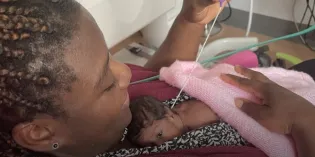
On 13 March 2025, the UK Government announced a landmark decision to abolish NHS England and merge its functions into the Department of Health and Social Care (DHSC). This move, framed as part of a broader plan to streamline the NHS and improve outcomes, marks the most significant structural change to healthcare in England in over a decade.
As details of what this change means in practice begin to emerge, the implications for children’s health services, and the professionals who deliver them, are front of our minds. It is a moment that could present both profound challenges and a rare opportunity to reshape the future of child health in England.
What’s changing: NHS England and ICBs
The merger will see NHS England’s leadership and operational functions absorbed into DHSC, with a 50% reduction in staffing across both organisations. The new structure, and its new leadership team, aims to eliminate duplication, improve efficiency and centralise strategic oversight.
Integrated Care Boards (ICBs), meanwhile, face their own reform. They are expected to reduce running costs by 50% while some smaller ICBs are expected to merge. They will be asked to strengthen their role as ‘strategic commissioners,’ while some key responsibilities, including workforce planning, education, and digital leadership, are likely to be transferred elsewhere.
Why this matters for child health
The RCPCH has long warned of the systemic deprioritisation of children’s health services. Children make up over a quarter of the population, yet their health outcomes have been allowed to decline for far too long.
As our recent report highlighted, there are now over 314,000 children and young people waiting for community health services in England. Thanks to a decade of chronic underinvestment, the gap between adult and children’s service recovery post-pandemic has been widening. At the same time the paediatric workforce remains increasingly stretched and our data shows there is an average 20% shortfall for resident paediatric doctors on Tier 1 and Tier 2 rotas.
So how will the merger affect these concerns? Time will tell but we need to remain live to the fact that funding cuts, recruitment freezes and the loss of strategic roles could undermine progress in safeguarding, looked after children, training and service innovation. Clinical advisory roles, including those vital to paediatrics, face an uncertain future. The digitisation of the Red Book, national recruitment and programmes run through Genomics England and the NHS England Children and Young People’s Transformation Team could be affected.
Opportunities amid change
Given that the Government has pledged to raise “the healthiest generation of children ever”, we hope that this will be an opportunity to restore and transform children’s health services. If implemented with intent, the merger could provide a foundation through which to deliver on four key national foundations for child health – namely, fair funding for children; a sustainable child health workforce; improved data and digital solutions and the prioritisation of children within ICB decision making.
Some opportunities include:
- Stronger integration: A unified DHSC-NHSE structure that enables more coherent policy-making and reduces fragmentation and duplication across services.
- Workforce reform: With a refresh of the Long-Term Workforce Plan imminent, the leadership can deliver on a long-awaited national child health workforce strategy that addresses longstanding shortages and supports new models of care.
- Elevated child health: As the new national leadership team forms there is an opportunity for the government and DHSC to enhance the voice of children, young people and the child health workforce by ensuring those experienced in child health are positioned strongly within the new structure.
- Smarter investment: The merger could be a catalyst for the shift from treatment to prevention. It could also facilitate delivery of further investment in early years, community services, and digital innovation.
Navigating the uncertainties
Yet, much remains unclear. How will the Government preserve NHSE’s institutional knowledge? How will the education, training and national recruitment for specialist roles be sustained? Will the Government prioritise children’s services in its redesign? How will ICB mergers affect local delivery and accountability?
The RCPCH will continue to advocate for clarity, transparency and a child-first approach. In doing so, we want to see: vital roles in paediatrics (such as medical child protection roles, looked after children roles and government clinical advisory roles) protected; children’s services are ringfenced in funding and planning; a commitment to child health metrics in ICS performance frameworks; the prioritisation of digital transformations for children such as the digital Red Book.
Conclusion
Amid the uncertainty, we hope this will be a catalyst for long-overdue reform. The Government’s ambition to raise the healthiest generation of children needs to be reflected in policy, funding, and delivery. There is an opportunity to ensure that children, and the workforce that supports them, are not left behind.

